Day One we had back-to-back perfect included-in-the-admission guided tours; first at the Batik Museum and then at the Puro Mangkunegaran Palace. We shopped. We swam. We ate a tasty dinner at a backpacker joint. We attended an evening Javanese performance of gamelan music and theater.
Sun-Ling specially enjoyed the Javanese performance not only for the music and theater but also for the fact that it was well attended by locals of all ages, us being the only foreigners.
Day Two: We joined the locals for their Sunday morning "car free" walk, bike, run, skate. We
visited the Keraton Kasunanan (the other palace). We shopped and shopped. We got our hair cut at the mall. We swam.
Tempeh and rice at Warung Baru.

Serabi, a Solo specialty.

The historic Hotel Central needs a paint job.

In contrast, the nearby McDonald's looks pretty spiffy.
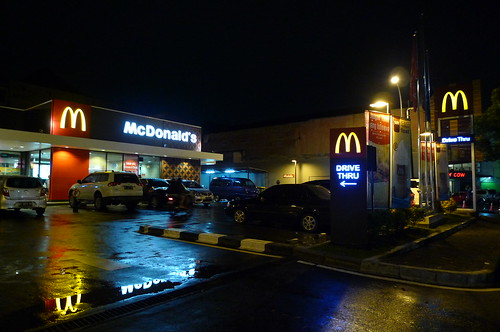
Puro Mangkunegaran Palace where we also listened to a bit of the gamelan orchestra practice.
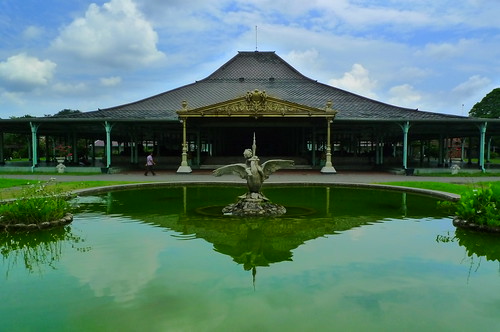
Some video of the Gamelan Orchestra here.
No shoes, er sandals, in the palace.
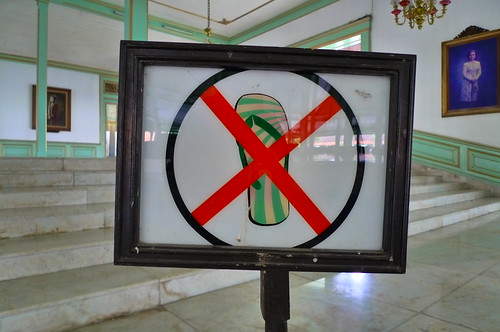
Quiet back street.
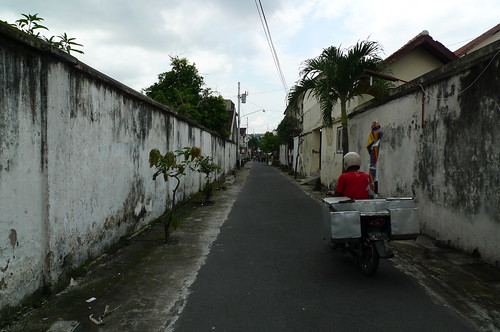
Typical main street intersection.
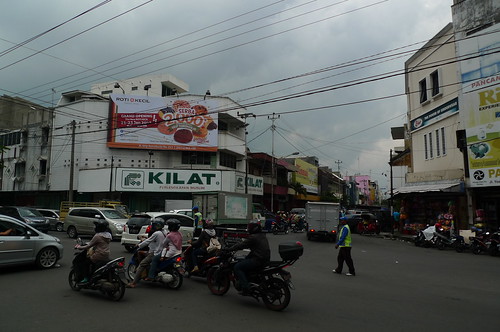
Pedicabs near the North Square.
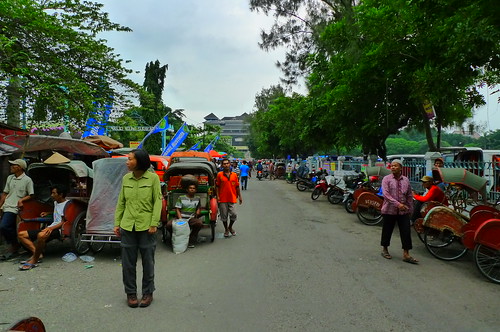
We stopped by the night market just as it was getting underway; bought a few snacks.

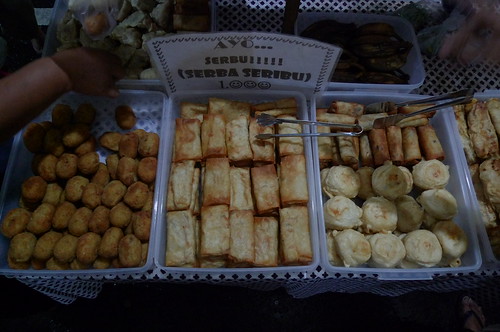
One of main drags is car free every Sunday morning from 6 to 9. Well attended.
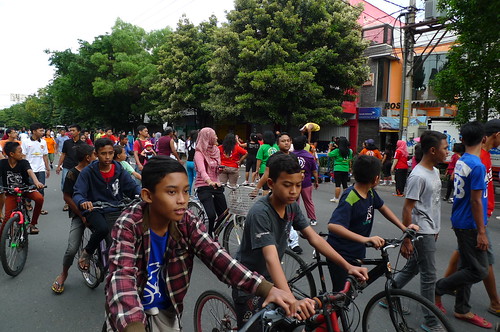

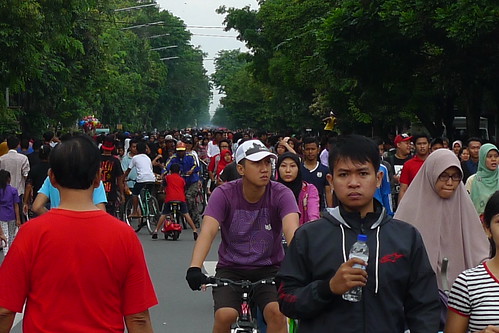
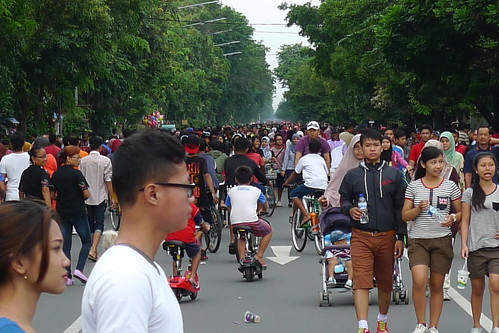
The second palace, Keraton Kasunanan, had a clock tower, shady grounds and an impressive collection of horse carriages in its museum.
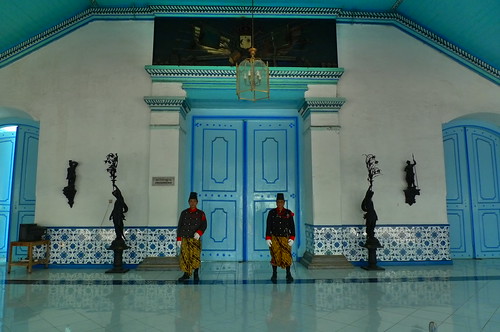

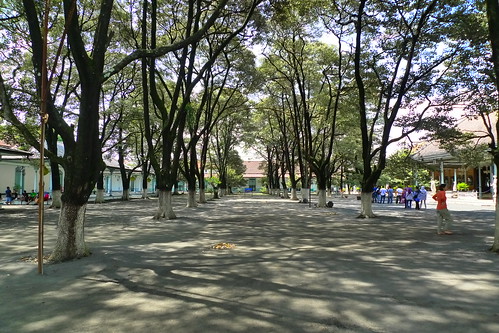
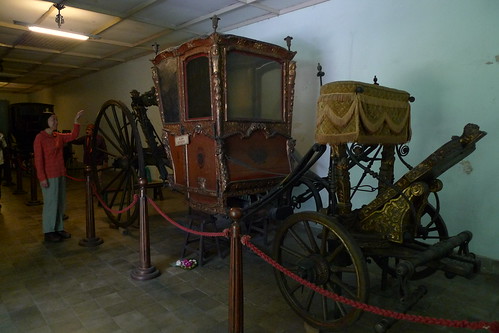
The hotel pool.

Got our hair cut at this mall.
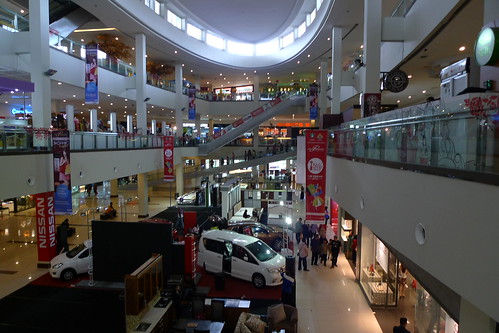
Not much of a beer selection at the Carrefour. Guess it's because Indonesia is predominantly Muslim.



4 comments:
Quite a crush of folks walking on the street. You foreigners must have stood out. Would these museums exist had it not been for colonialism? No PBR at the Carrefour? I posted Google map in comments of post below where you asked for it.
Oh, another question: mobile phones prevalent? Those folks walking all have their mobiles in hand? I don't see any in photos.
@Ed - Everyone has a mobile phone with folks over 40 mostly candybar, folks under 40 smartphone. And lots of selfie sticks in the under 25 crowd.
@Ed, Indonesia itself would not exist except for colonialism. It's a country made by the Dutch. According to what I've read there was not much sense of nationalism until the 1930's; then a surge of nationalism after 1945.
Post a Comment